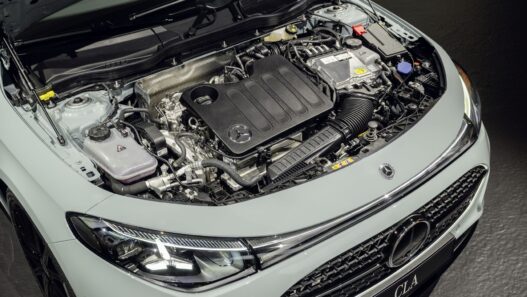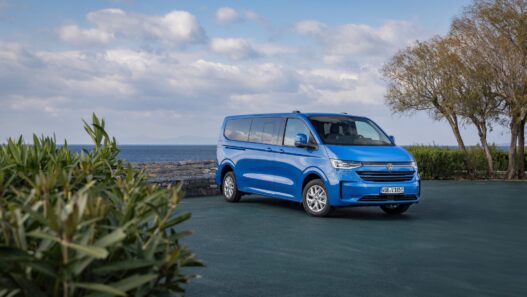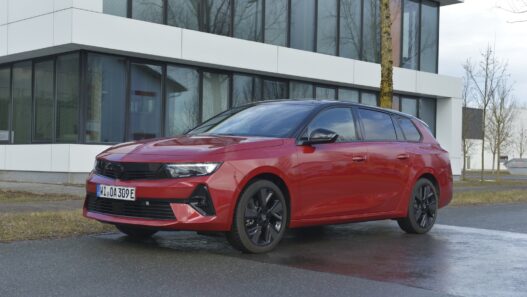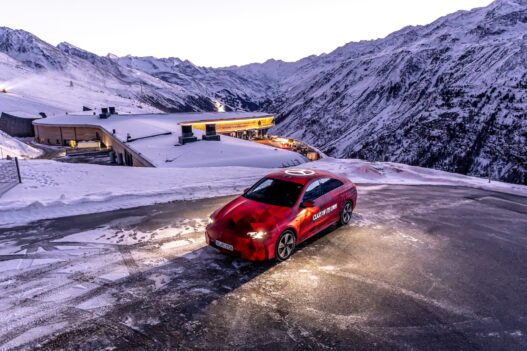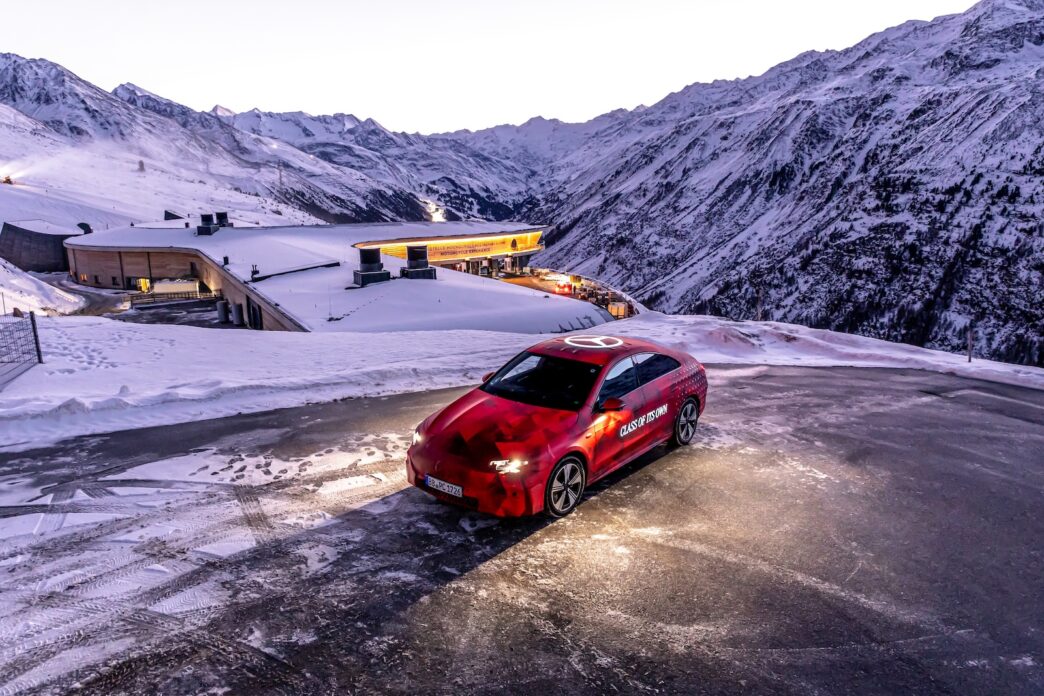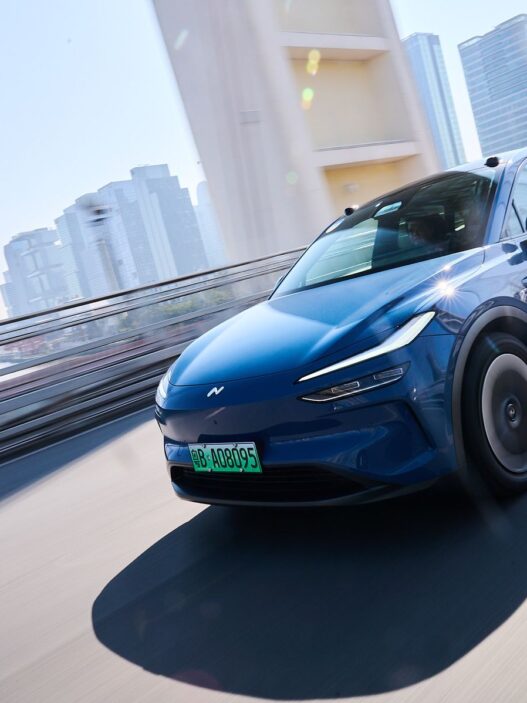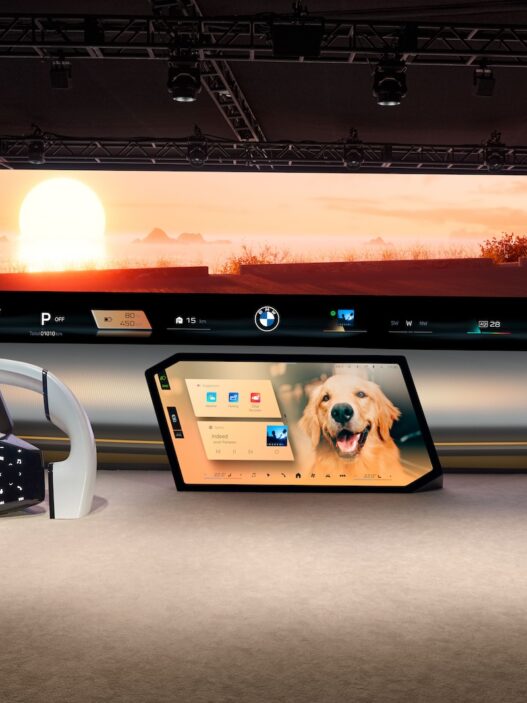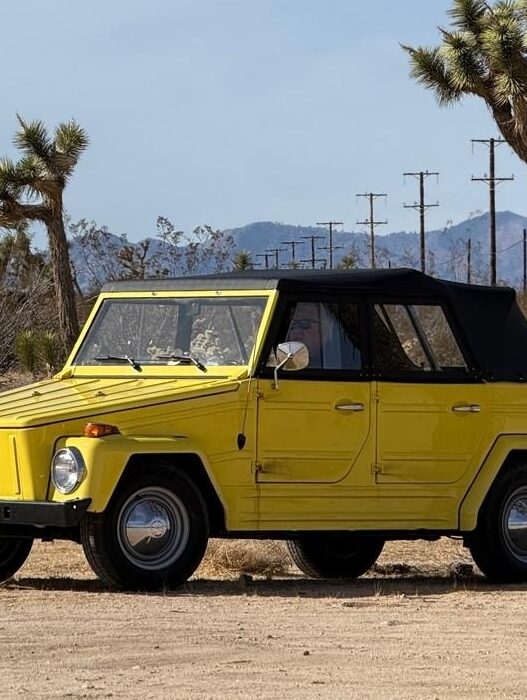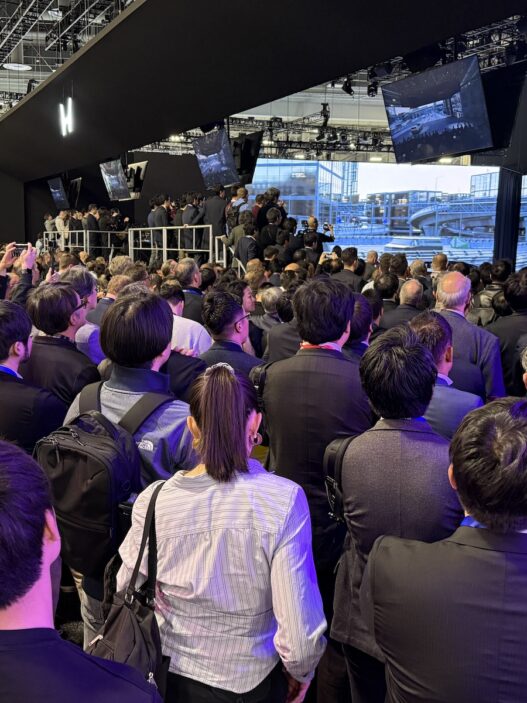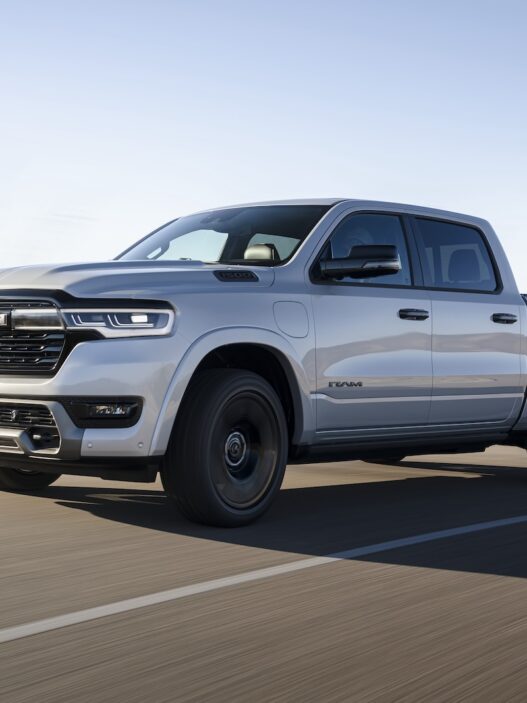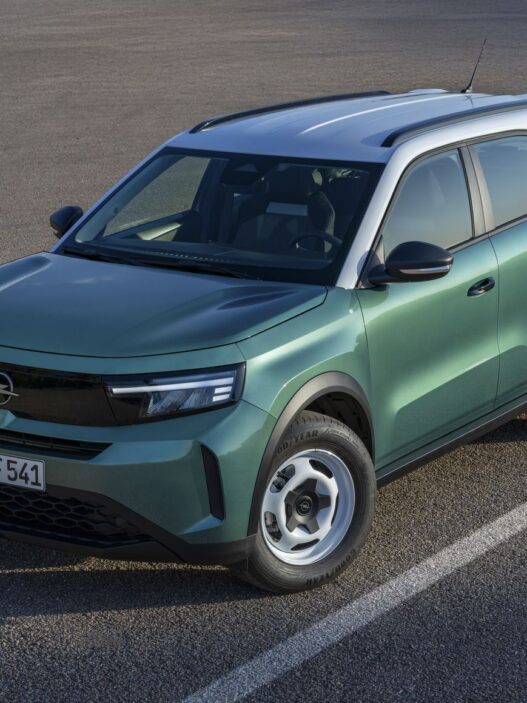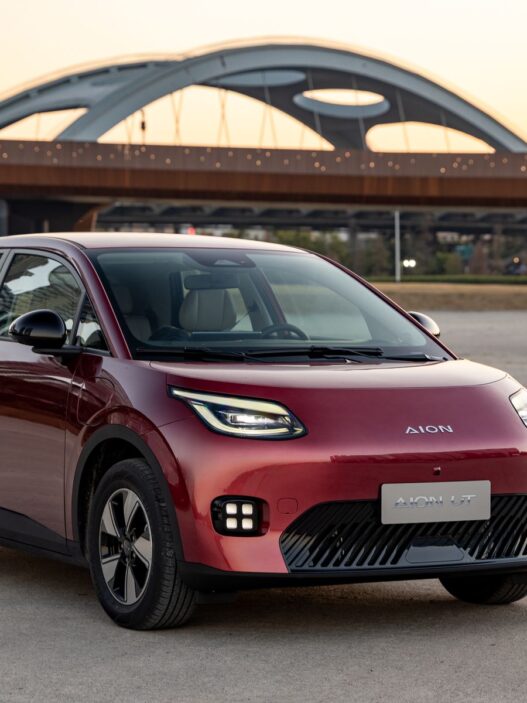Mercedes-Benz is facing tough times, particularly with its electric models. Sales of the luxurious EQS and EQE have stalled at dealerships. Enter the Mercedes-Benz CLA lineup, a range that Stuttgart hopes will steer the brand back toward success.
High Stakes and Big Expectations
The pressure is mounting at Mercedes. With a recently restructured board led by new chairman Dr. Martin Brudermüller, the company is undergoing significant changes. If the sales figures, profit margins, and EV strategy don’t improve by 2025, more shake-ups seem inevitable. The CLA family, debuting on the new Mercedes Modular Architecture (MMA) platform, is expected to be a game-changer. Positioned as Mercedes’ new entry-level model following the discontinuation of the A- and B-Class, the CLA starts at a lofty €55,000.
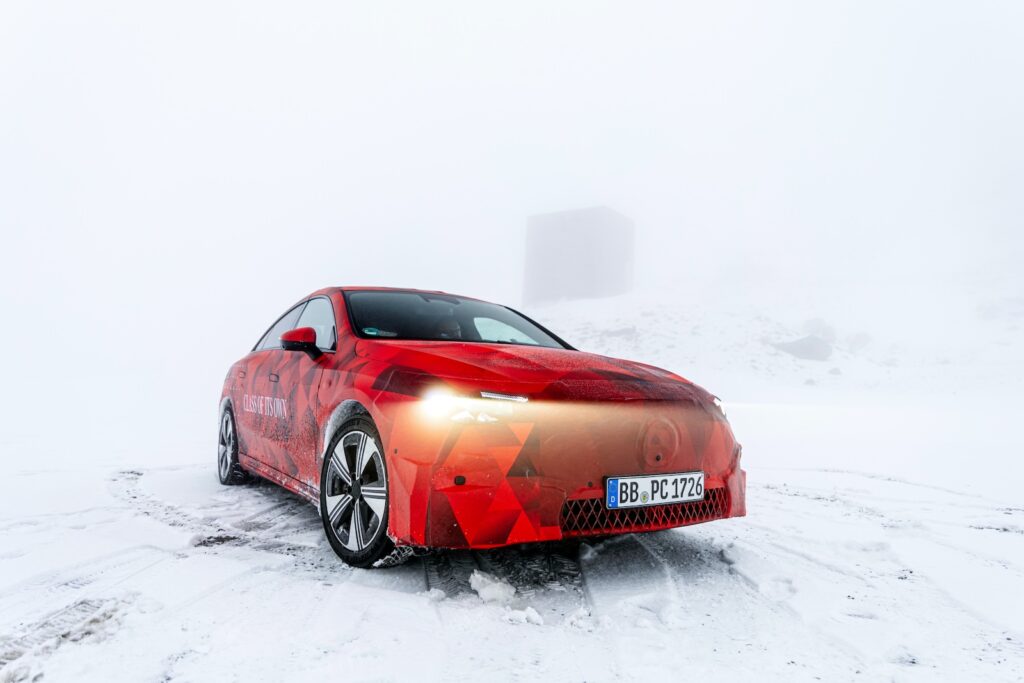
This price point presents challenges, especially in markets like the U.S. and China, where the Tesla Model 3 starts around €40,000 while offering comparable range and performance.
EVs and Hybrids: A Strategic Pivot
Initially, the CLA and its sibling models (CLA Shooting Brake, GLA, and GLB) were planned exclusively as electric vehicles. However, sluggish EV sales prompted a strategy shift. Now, Mercedes will also offer hybrid versions, a decision that could pay off when the CLA hits global markets in mid-2025.
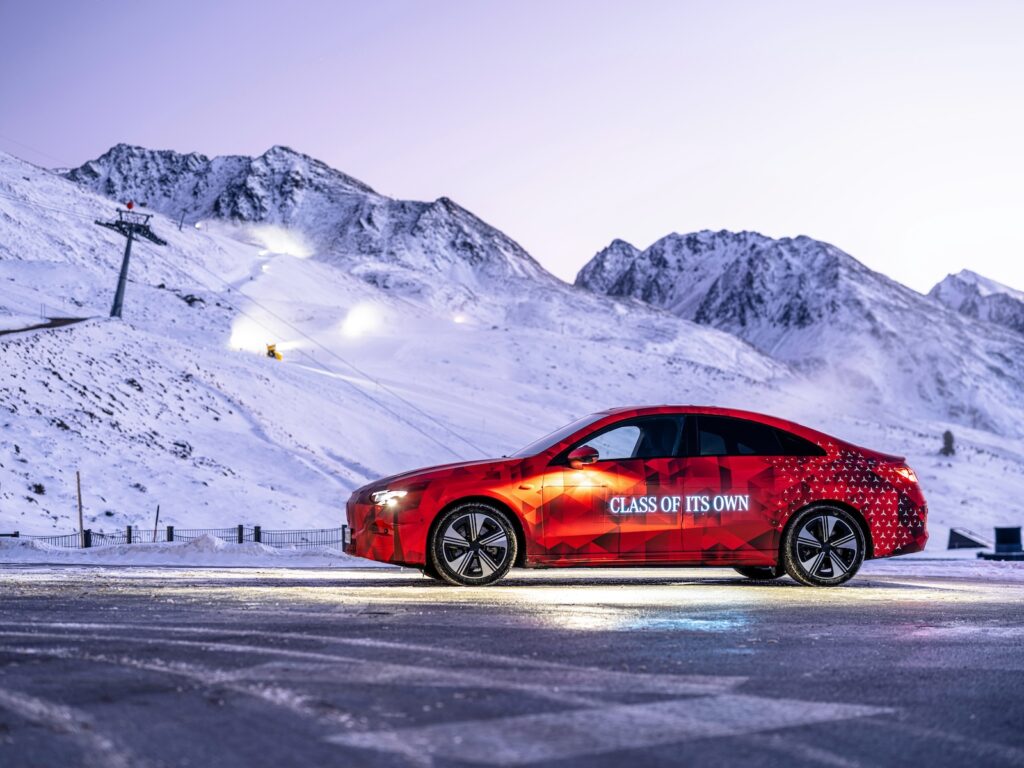
This dual approach mirrors BMW’s strategy, giving customers flexibility in drivetrain choices. However, unlike Audi or BMW, Mercedes will not include diesel or plug-in hybrid options in its compact lineup. Instead, the electric CLA aims to compete directly with the Tesla Model 3 and upcoming electric versions of the Audi A4 and BMW i3.
Cutting-Edge Tech, Impressive Range
Drawing heavily from the Vision EQXX concept, the CLA features advanced technology like a silicon-carbide inverter and an 800-volt electrical architecture. The base model delivers 200 kW (272 PS) to the rear wheels, while higher trims add an 80 kW (109 PS) front motor for all-wheel drive. The front motor engages only during specific driving scenarios, such as heavy acceleration or poor traction, and can disengage in milliseconds to conserve energy.
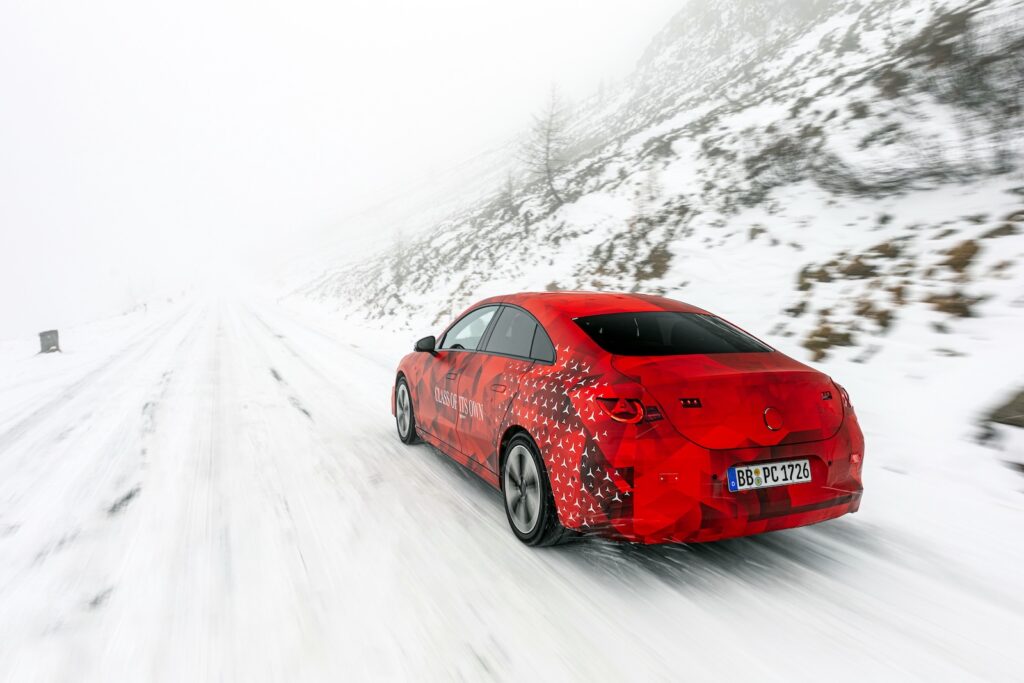
Top speeds are capped at 210 km/h – lower than the old Tesla Model 3’s 250 km/h. However, Mercedes is betting on charging speed to attract buyers. The CLA boasts up to 320 kW charging capacity, allowing a 300-kilometer range boost in just 10 minutes at a hypercharger. This outpaces Tesla’s current 250 kW limit and is a significant step up from the 200 kW cap on the EQS.
With a targeted consumption of 12 kWh/100 km, the CLA’s 85 kWh battery offers an impressive range of up to 750 kilometers. Entry-level versions come with a smaller 58 kWh battery.
Combustion Models to Follow
Gasoline-powered CLAs won’t arrive until early 2026, more than six months after the EVs. Visually, there will be little to distinguish the two, but the front section of the combustion models has been adapted to fit a 1.5-liter turbocharged four-cylinder engine developed in collaboration with Geely.
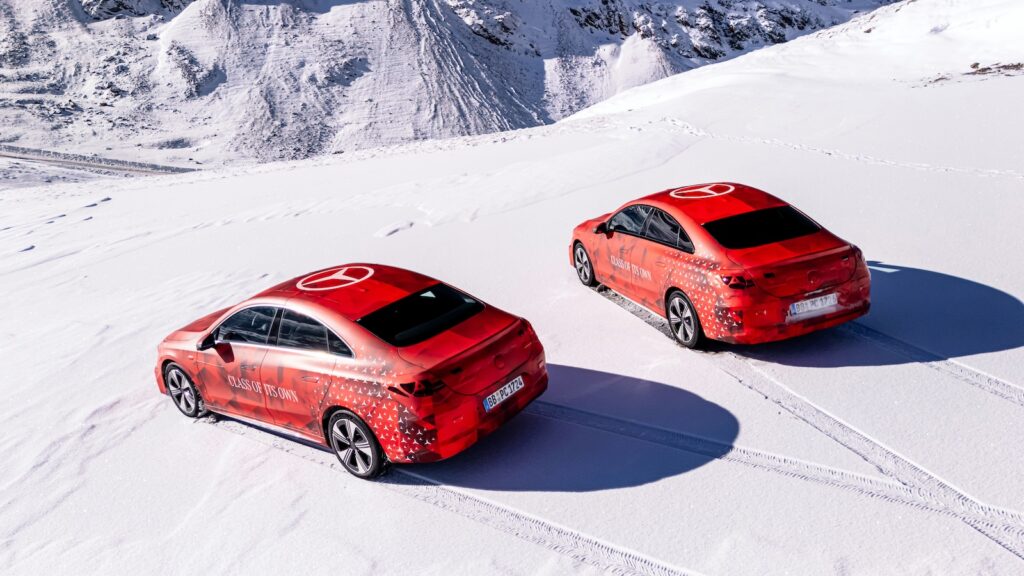
This engine will come in three power outputs – 100 kW (136 PS), 120 kW (163 PS), and 140 kW (190 PS) – and be paired with a 48-volt mild hybrid system adding 20 kW (27 PS). While its pure electric range is limited to about four kilometers, the focus is on fuel efficiency, particularly in real-world driving conditions, thanks to its eight-speed dual-clutch transmission.
Outlook: The highly flexible Mercedes-Benz CLA
With its mix of cutting-edge electric technology and flexible hybrid options, the new CLA family represents a critical step in Mercedes’ attempt to regain its footing in an increasingly competitive market. Whether it can deliver on its promises and compete with Tesla and other rivals remains to be seen, but it’s clear that the CLA has a lot riding on its shoulders.


